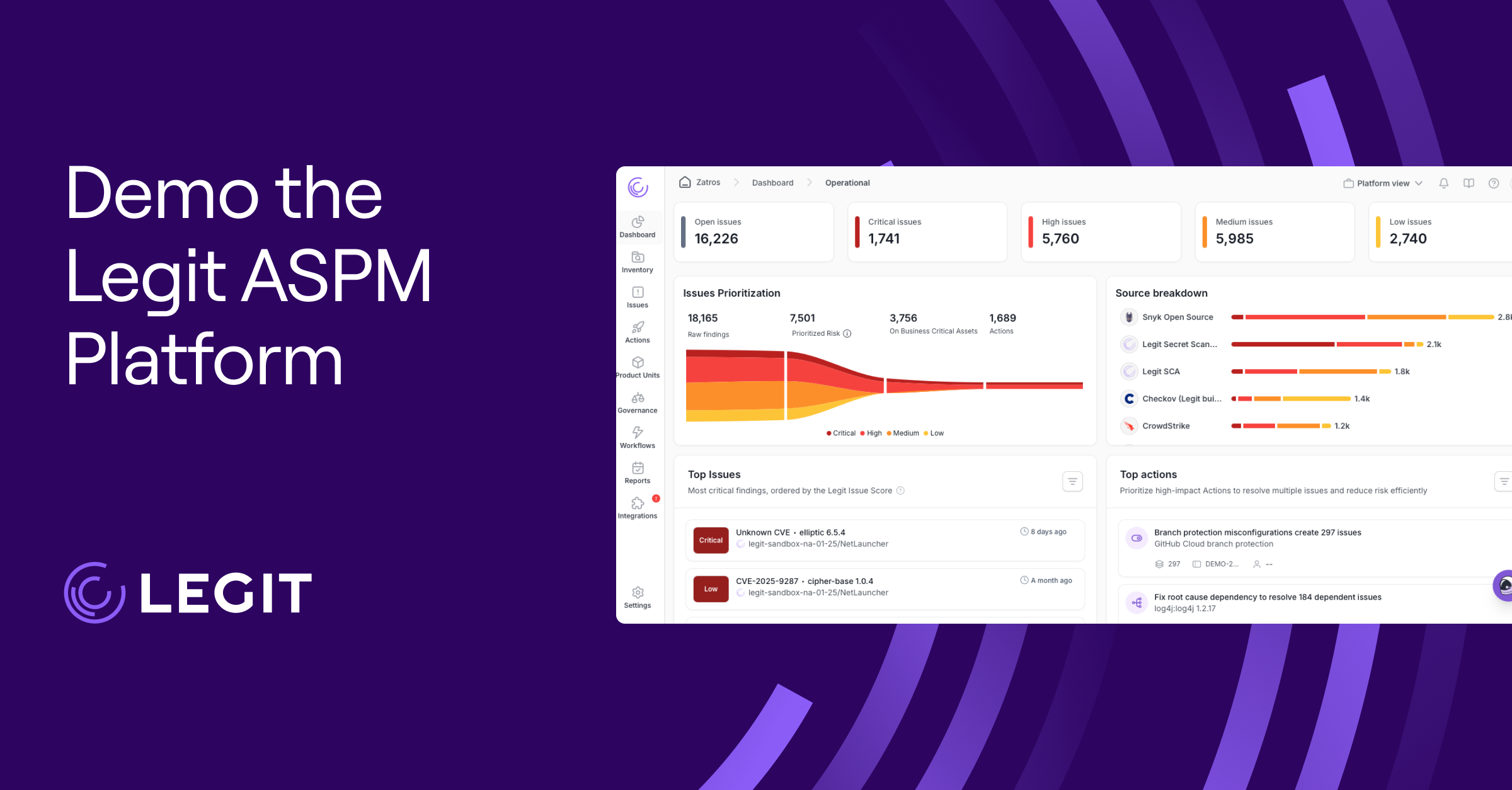Due to advancements in technologies like AI and automation, cybersecurity threats are more prominent and costly than ever before. Combating them effectively requires a lot of time and experience—something many businesses aren’t able to handle in-house.
Fortunately, you can turn to security solutions like MXDR to protect your important data. MXDR services combine the latest tools with human expertise, in order to uncover vulnerabilities and hunt down potential threats. Let’s discuss the meaning of MXDR, and explore what these platforms can offer and how they might support your security goals.
What Is Managed XDR?
Managed XDR services combine extended detection and response (XDR) platforms with a provider’s trained security operations center (SOC) team. This outsourcing model provides 24/7 protection for organizations that lack the cybersecurity resources needed for a complete in-house solution.
With MXDR services, your organization gains more than a technology stack. It benefits from a SOC team responsible for monitoring endpoints, networks, cloud environments, and identities for suspicious activity.
Unlike using standalone endpoint detection and response (EDR) or security information and event management (SIEM) tools, MXDR lets you:
- Correlate security alerts across multiple data sources
- Automate repetitive threat detection and response tasks, such as endpoint protection
- Rely on a dedicated team to investigate incidents, contain threats, and guide recovery efforts
How Does MXDR Work?
Managed XDR provides three layers of security protection:
- Technology: MXDR providers deploy advanced detection and monitoring tools across your infrastructure. These tools collect data from endpoints, cloud applications, and network traffic. Then they correlate the log data with potential threats. This provides a clearer picture of your vulnerabilities and how incidents unfold in your tech stack.
- Automation: Automated workflows help SOC analysts prioritize urgent alerts and filter out false positives. Teams may also create automated playbooks that execute predetermined sets of actions when the system detects certain types of threats, such as shutting down malicious processes or isolating compromised devices.
- Human expertise: The MXDR provider’s SOC team offers human review for tasks that require in-depth knowledge and years of experience. They can apply threat intelligence and incident response experience to hunt for hidden vulnerabilities, and determine whether alerts truly show malicious behavior.
Together, these elements turn scattered security tools into a cohesive defense system that keeps attackers at bay. And because MXDR is a managed service, your organization doesn't need to maintain its own 24/7 security operations center. Instead, you’re entrusting this responsibility to outsourced experts who specialize in threat intelligence and rapid incident response.
What Are the Key Features of MXDR?
Here are some of the common features you’ll get from this consolidated cybersecurity tool, so you know what to expect and can decide if it’s the right fit for your business.
Unified Data
MXDR platforms collect information from several sources, including cloud environments and endpoints. This creates a unified view of your attack surface. Correlating these signals can reduce blind spots and ensure proper review of prioritized alerts and incidents.
Threat Intelligence
By integrating real-time threat intelligence, MXDR providers continuously update their detection rules to stay ahead of cybercriminals. This keeps your organization protected against the latest attack techniques.
AI-Powered Analytics
MXDR leverages machine learning and AI to improve threat detection accuracy and respond quickly. AI tools can help teams uncover more sophisticated attack patterns while reducing false positives. Automated insights help analysts prioritize and focus on the most critical threats.
Vulnerability Management
Vulnerability management is crucial for strengthening defenses, by patching any security gaps found in the attack surface. MXDR services offer a proactive approach to cybersecurity, helping you identify misconfigurations and weak points in systems before attackers can exploit them.
High-Context Investigations
Managed XDR services provide analysts with the data needed for cyber forensics and investigations. MXDR analysts review alerts, log data, and forensic evidence to create a detailed picture of the attack chain. Organizations can leverage this information to better protect against future attacks, and security professionals can use the data to fine-tune automated responses.
What Are the Benefits of MXDR Services?
Cybersecurity plays a crucial role in business continuity and reputation management, so companies often hesitate to outsource it. However, many organizations can benefit from the in-depth and specialized skill sets MXDR security teams offer. Here are some of the primary advantages.
Faster Responses
Manual response workflows add to the time hackers remain in a system, which can lead to widespread attacks and more deeply compromised systems. AI-powered and automated incident response blocks suspicious behavior fast, and immediately escalates it to the experts for review.
Lowered Costs
Instead of building and training a full in-house security operations center, your organization can access top-tier talent and technology at a lower price. MXDR providers spread resources across multiple clients, so they can offer their services at reduced costs.
Improved Compliance
MXDR services can help you stay compliant with the regulations that matter to your business. Thanks to continuous monitoring and detailed reporting, MXDR provides the compliance automation needed to comply with frameworks like HIPAA, GDPR, and PCI DSS.
Reduced Complexity
A consolidated security solution significantly reduces the number of moving parts IT managers need to track, so in-house teams can focus on what they do best. MXDR also prevents tool sprawl, providing advanced security coverage while keeping you from having to pay for and maintain duplicated services.
What Is the Difference Between MDR vs. MXDR?
MDR and MXDR both provide advanced security, but they have different scopes. Managed detection and response (MDR) mostly focuses on monitoring endpoints (such as IoT) and providing outsourced detection and response capabilities. It has a much narrower scope, so it’s often faster and easier to deploy.
On the other hand, managed extended detection and response extends MDR across the entire attack surface, from endpoints to cloud workloads. Consequently, it provides a more unified solution for enterprise-wide visibility and broad coverage, typically at a higher price point.
Enhance MXDR With Legit Security
MXDR services excel at incident detection and response, providing a comprehensive view of organizational cyber threats. However, they can fail to address risks within the software development lifecycle. These threats occur further up the supply chain, and resolving them at the root prevents them from spiralling into more severe or widespread issues later.
Legit enhances MXDR programs by:
- Delivering real-time visibility into software pipelines and dependencies
- Identifying misconfigurations and vulnerabilities before hackers can exploit them
- Providing secrets scanning and AI discovery tools to flag potential security gaps
- Conducting automated compliance checks across leading cybersecurity and data privacy frameworks
Combining MXDR cybersecurity services with Legit’s tools improves your overall security posture, keeping hackers out of your systems and data. Book a demo to see how it works.
Download our new whitepaper.


